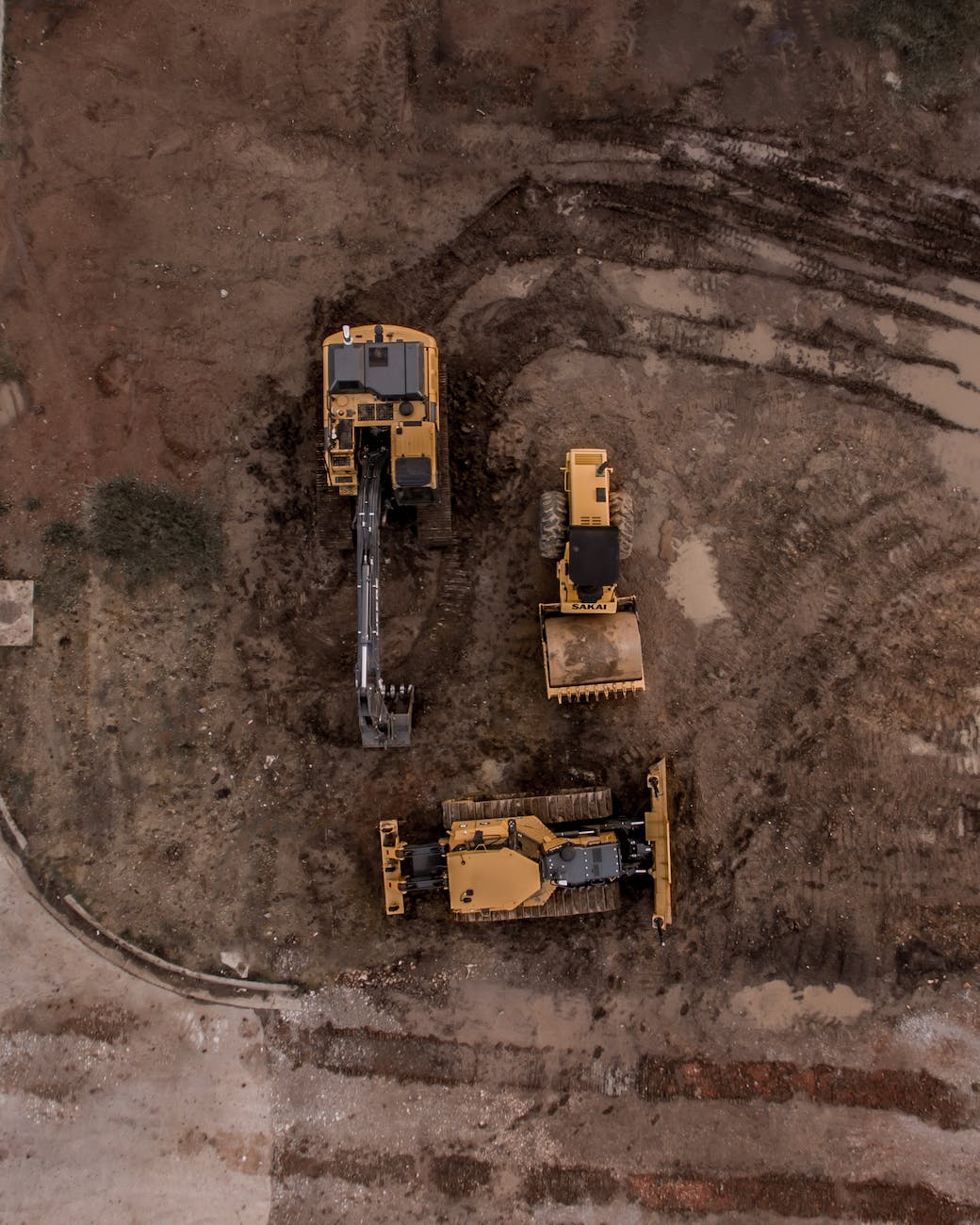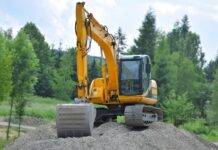
Excavation Safety 2024
Excavation is an integral part of numerous industries, from construction to infrastructure development. However, with its importance comes inherent risks that necessitate a profound understanding and commitment to safety measures. In this comprehensive guide to Excavation Safety in 2024, we delve into the strategies, regulations, and technological advancements shaping the industry’s safety landscape.
I. Introduction to Excavation Safety
A Brief Overview of Excavation
Excavation involves the removal of earth to create spaces for construction, mining, or infrastructure purposes. This process, while fundamental, poses various safety risks that demand meticulous attention.
Importance of Prioritizing Safety
Prioritizing safety not only ensures the well-being of workers but also safeguards project timelines and budgets.
II. Understanding Excavation Risks
Common Hazards in Excavation Sites
From cave-ins and collapses to hazardous atmospheres, excavation sites pose threats that require proactive measures.
Statistics on Accidents and Injuries
Statistical insights highlight the gravity of accidents and injuries, emphasizing the urgency for robust safety protocols.
III. Legal Framework and Regulations
OSHA Regulations and Compliance
The Occupational Safety and Health Administration (OSHA) mandates strict guidelines, underscoring the legal obligation of businesses to maintain a safe working environment.
Importance of Training and Certifications
Proper training and certifications are pivotal for compliance and ensuring that workers are equipped with essential safety knowledge.
IV. Essential Safety Practices
Site Preparation and Inspections
Thorough site inspections and preparatory measures mitigate risks by identifying potential hazards beforehand.
Proper Use of Protective Gear and Equipment
The utilization of appropriate gear and equipment significantly minimizes the likelihood of accidents and injuries.
V. Communication and Collaboration
Importance of Clear Communication
Effective communication channels foster a safer work environment by ensuring that information reaches all stakeholders.
Collaborative Efforts for Safety Improvement
Collaboration between workers, supervisors, and management enhances safety protocols, leading to a more secure work atmosphere.
VI. Advanced Technologies in Excavation Safety
Innovations Reducing Risks
Cutting-edge technologies, such as drones and ground-penetrating radars, offer innovative solutions for risk mitigation.
VII. Emergency Preparedness
Developing Emergency Plans
Well-defined emergency plans are indispensable, enabling swift and efficient responses in critical situations.
First-Aid Procedures and Training
Equipping workers with first-aid skills can be life-saving during emergencies, emphasizing the importance of training programs.
VIII. Promoting a Safety Culture
Encouraging Safety Mindset
Instilling a culture where safety is ingrained as a core value ensures consistent adherence to protocols.
Involvement of Workers and Management
Active involvement and commitment from both workers and management are pivotal in fostering a safety-centric culture.
IX. Case Studies and Success Stories
Examples Highlighting Effective Safety Measures
Real-life case studies showcase successful implementation of safety measures, offering practical insights.
Learning from Past Incidents
Analyzing past incidents aids in understanding failure points and implementing preventive measures.
X. Conclusion
Recap of Key Safety Measures
Summarizing the essential safety measures underscores their significance in preventing accidents.
Emphasizing the Importance of Excavation Safety
Reiterating the crucial role of safety in the excavation industry and encouraging continuous improvement.
Excavation Hazards and Control Measures
Excavation Safety Toolbox Talks
How To Make JSA for Excavation Activity
How to Make HIRA on Excavation?
Excavation Safety Basic Knowledge
FAQs (Frequently Asked Questions)
- How often should excavation sites undergo safety inspections?
- Excavation sites should undergo regular safety inspections as mandated by regulatory bodies like OSHA. The frequency can vary based on factors like the nature of the site, ongoing activities, and potential risks. Generally, inspections should occur daily or before the start of work and whenever conditions change significantly.
- What are the primary causes of excavation-related accidents?
- Excavation accidents often occur due to factors like cave-ins, inadequate protective systems, unsafe equipment operation, failure to identify underground utilities, hazardous atmospheres, and lack of proper training or supervision.
- Which technological advancements have made significant contributions to excavation safety?
- Several technological advancements, such as ground-penetrating radars, drones for site surveys, remote monitoring systems, and excavation safety apps, have significantly improved safety by enhancing hazard identification, real-time monitoring, and risk mitigation.
- How can companies promote a safety-oriented mindset among their workforce?
- Companies can foster a safety-oriented mindset through robust training programs, regular safety meetings, open communication channels, incentivizing safe practices, leading by example, encouraging reporting of near-misses, and involving employees in safety-related decisions.
- What are the repercussions of non-compliance with excavation safety regulations?
- Non-compliance with excavation safety regulations can lead to severe consequences, including legal penalties, project delays, increased insurance costs, work stoppages, accidents, injuries, and even fatalities. It can also damage a company’s reputation and credibility within the industry.
























